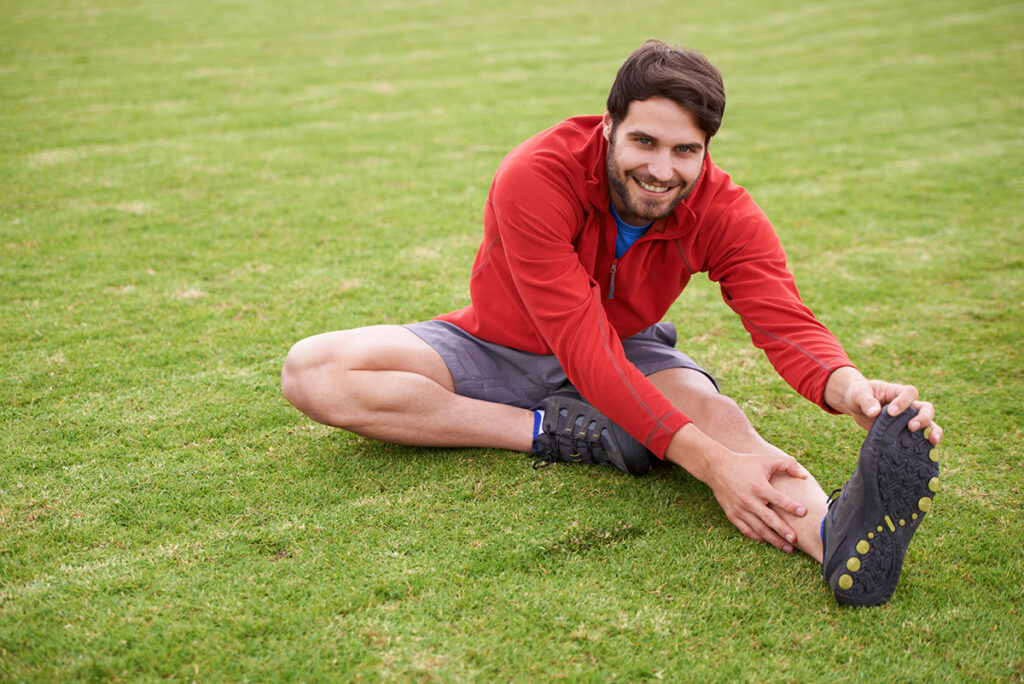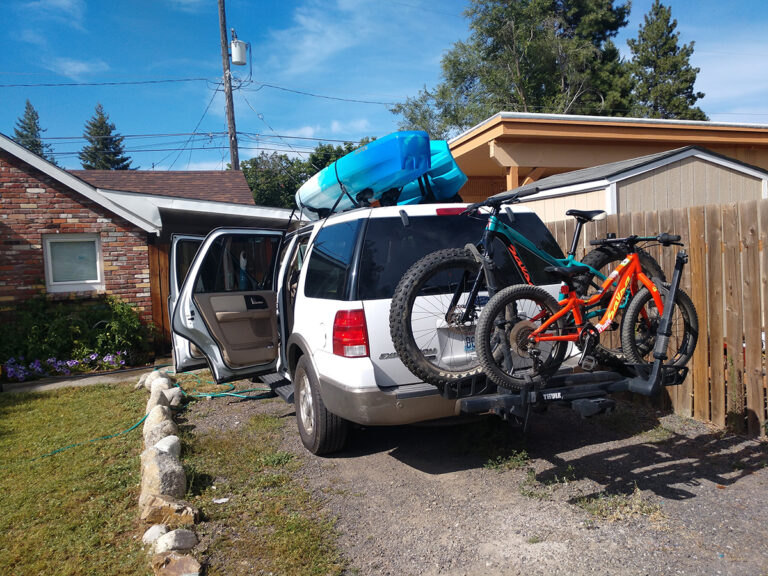It’s common knowledge that runners should warm up . . . and it’s common knowledge that they often don’t take the time. I asked Rebecca Thompson, an orthopedic physical therapist at Physical Therapy Associates who also specializes in pelvic health, about the benefits of a dynamic warm-up and how the average runner can work one into their routine. (Interview has been edited and condensed.)
SH: Why is it important for runners to take the time to warm up?
RT: Warming up is all about getting blood flow to the muscles and good synovial fluid in the joints before repetitively loading them in a run. We have to move those joints repetitively and progressively, instead of just jumping into a run cold. Running is a complex, high-impact movement. If we take the extra time to move our bodies in multiple directions (side to side, front to back, rotation), then our joints and muscles should have more freedom of movement when the running starts.
To think broadly, we want to warm up all the systems—circulatory and respiratory, nervous system, muscles, bones, fascia, etc. We have three planes of movement that are constantly working together. The sagittal plane (front-to-back movement), frontal (side-to-side movement), and coronal (rotational movement).
What type of dynamic warm-up benefits runners?
Running is predominantly a front-to-back (sagittal plane) movement with a ton of accessory rotation. Many running injuries come from overuse of muscles that work primarily in the sagittal plane (i.e. quads and hamstrings) and weakness of the smaller muscles of the pelvis, core, and feet that are responsible for rotation and stability. I’m oversimplifying here, but only to make the point that we want to generate blood flow and synovial fluid to as much of the body as possible during the dynamic warm-up. This might mean starting with a simple low-impact cardio activity like walking or low-resistance biking, then progressing into dynamic stretches like active lateral lunges, walking lunges with a twist, upper body side bends, forward/back kicks, ankle mobility, or bounding calf raises.

What are the benefits of a dynamic warm-up?
The research continues to build on the positive impact a dynamic warm-up can have for runners. Even a five-minute dynamic warm-up can improve running economy and VO2Max, which is an important predictor of aerobic endurance. These improvements can have a positive impact on running form, endurance, or speed. A dynamic warm-up can also be an important contributor to injury prevention.
Thompson says a dynamic warm-up like the following would benefit most runners:
Step 1: Light Cardio Warm-Up: 5 minutes. Choose from walking, low resistance biking, elliptical, or very light jogging. If you’ve already come off of more activity and your cardio system is warm, jump into dynamic stretching.
Step 2: Dynamic Stretching: 5 minutes. Pick a spot where you can take roughly 10-15 big steps. Do a lap of walking lunges with upper body twists, then a lap of lateral walking lunges, then another lap of butt kickers and marches with hugging alternate knees to the chest. Then do some in-place dynamic stretches like hip circles or overhead reaches with side bends. Remember, these are just a few of the options to get the body moving in all three planes of movement. The list is endless. Have fun with it and keep it short and sweet. //
Sarah Hauge is a writer, grant writer, and editor who lives in Spokane with her husband and two children. She is looking forward to running the Negative Split Half Marathon in April.












